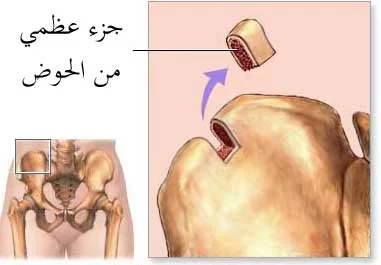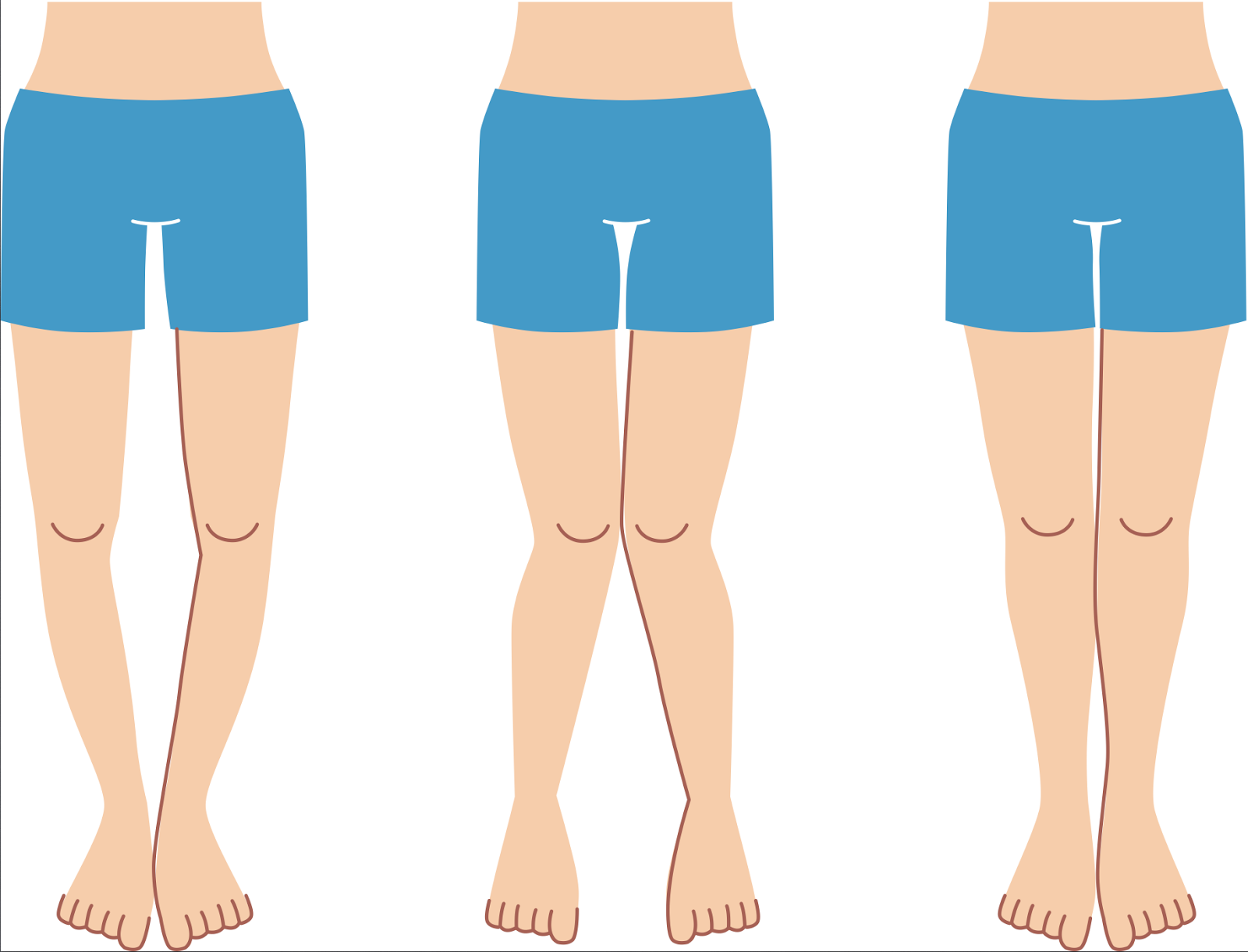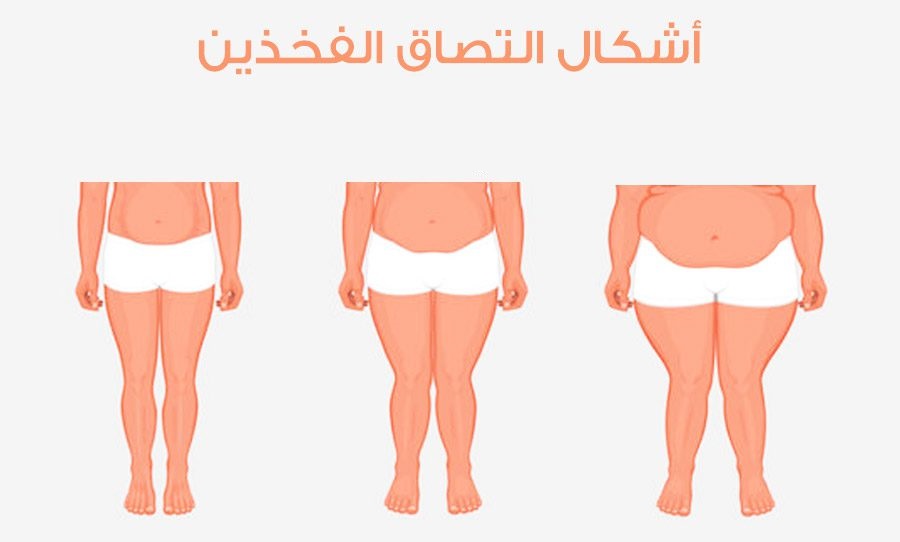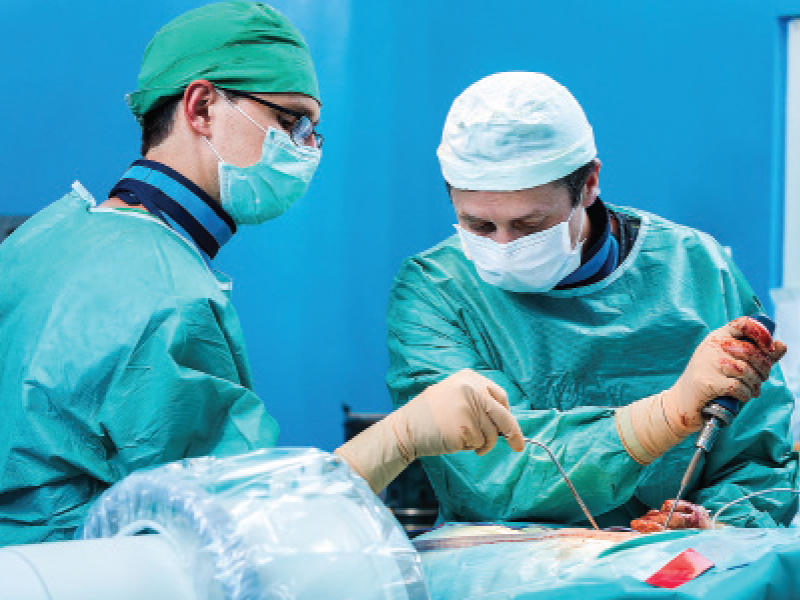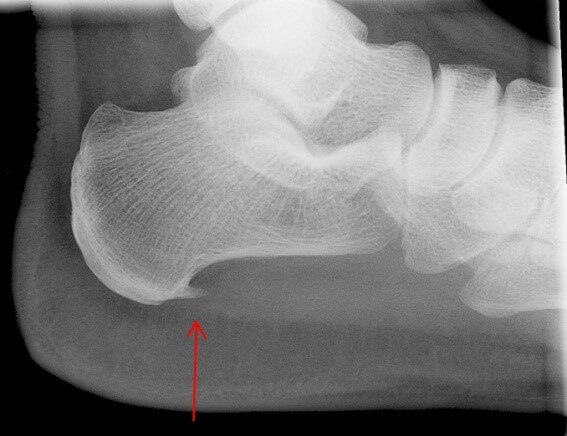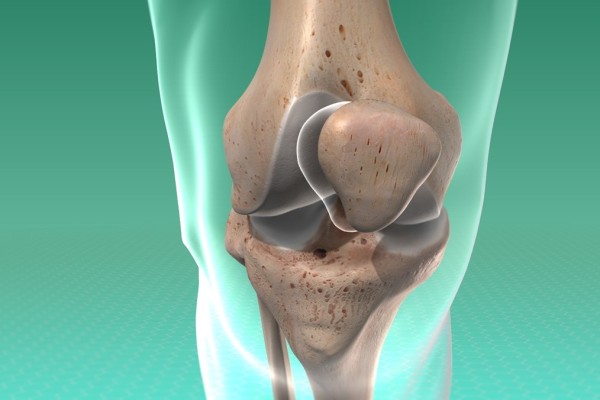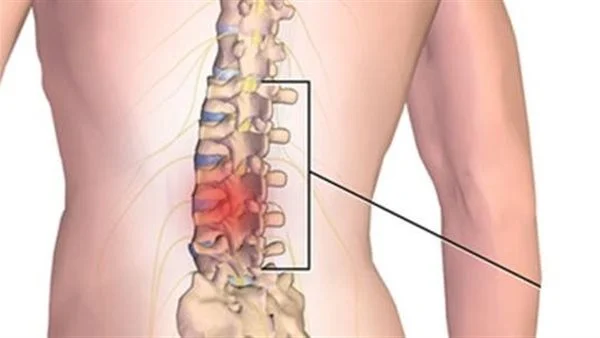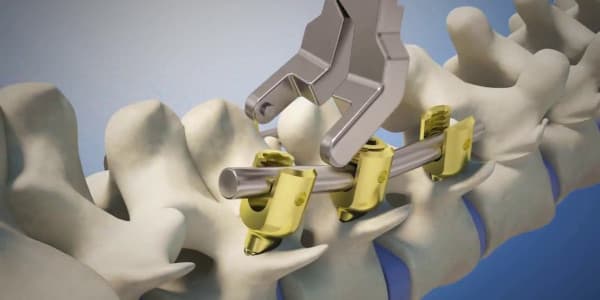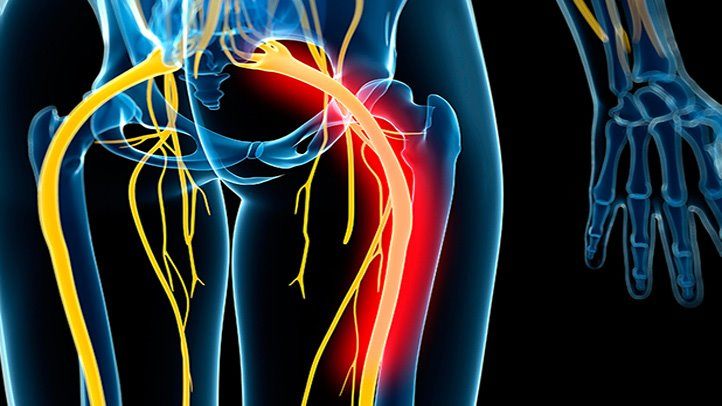Learn more about cervical spondylitis
The cervical vertebrae are the vertebrae at the beginning of the spine, which consist of seven vertebrae that vary in size and works for the neck to exercise its movement naturally, and it is possible that inflammation affects the cervical vertebrae and has many symptoms and causes, and it can also be treated in more than one way, which we will learn about in the following article.
Cervical spondylitis
The cervical vertebrae are primarily responsible for the movement of the neck, which consists of seven consecutive vertebrae that move the neck naturally and give the necessary support to the neck in order to bear the excessive pressure on it, and the cervical vertebrae protect the part of the spinal cord in the neck.
The neck vertebrae start from the end of the head skull and reach the end of the neck, the vertebrae, with their sizes starting from small to large, enable the person to move the neck without difficulty because it reduces the pressure borne by this part of the body, and there are gelatinous materials between the vertebrae, which are the cartilage that works to reduce shocks and help that there is no friction between the vertebrae and each other.
Inflammation may affect the cervical vertebrae, causing pain in them, and many symptoms occur that make neck movement difficult, and sometimes it emits a creaking or crackling sound, which makes the sufferer feel very uncomfortable, and the inflammation usually affects the neck vertebrae or the nerves in them, and also reaches the cartilage that lines the ends of the bones and leads to their erosion.
Types of cervical spondylitis
There is more than one type of inflammation that affects the cervical vertebrae and makes the patient feel pain and difficulty in movement, and these types are:
- Peripheral spondylitis: This type of inflammation can affect the outer part of the vertebrae, joints, and nerves, but it is relatively far from the spine.
- Axial spondylitis: It usually affects the spine or the vertebrae, or both, and causes severe pain in this part that may reach the shoulders, because inflammation of the nerves occurs.
Causes of cervical spondylitis
There is more than one possibility or cause that enables cervical vertebrae inflammation to occur, which mainly affects the person’s comfort and freedom of movement of the neck, and also the pain that accompanies the inflammation is annoying because it continues with the person for a while, and wrong habits can be the most common cause of cervical spondylitis, and other reasons are:
- Overloading or pressure on the cervical vertebrae may lead to tearing or erosion of the cartilage between the vertebrae and inflammation.
- Wrong neck pain when using smartphones, especially for long periods, and stressing the vertebrae too much.
- Genetic factors play a role in the possibility of a person developing cervical spondylitis.
- Smokers are more likely to develop cervical vertebrae infections, so it is important to stay away from smokers and smoking.
- Sometimes Staphylococcus aureus bacteria cause cervical spondylitis.
- The occurrence of pressure on the cervical vertebrae as a result of violent movements leads to the expulsion of one of the cervical cartilages from its position and leads to a herniated disc that causes inflammation and roughness in the cervical vertebrae.
Symptoms of cervical spondylitis
Inflammation of the cervical vertebrae is one of the diseases that usually come to the elderly as a result of weakness in the cartilage and its erosion, but sometimes its symptoms appear younger and this is due to more than one reason, including wrong habits or a herniated disc, etc. In order for you to be aware of the symptoms or signs of vertebral inflammation, we explain them to you in the following:
- The patient feels pain in the neck that lasts for up to three months.
- Difficulty moving the neck normally.
- Increased pain that extends to the arm and fingers.
- Sweating during the night.
- A rise in body temperature.
- Increased pain at night.
- A creaking sound emanates from the neck when moving it from one direction to another.
- A muscle strain.
- Severe pain in the back of the head.
- Sometimes a person gets sick with problems in the bladder.
Cervical spondylitis may cause irritation and inflammation of the neck nerves as well, and this results in some symptoms that a person should pay attention to, namely:
- The presence of severe pain extends from the neck to the back and shoulders and reaches the legs and arms.
- Increased pain when coughing, yawning, or sudden movements.
- Symptoms reach a tingling feeling in the hand and fingers.
- In rare cases, the patient may not be able to feel the hands.
Cervical vertebrae inflammation is associated with some symptoms that indicate an increase in the disease and its ability to infect different parts of the vertebrae and around it, and it may affect the spinal cord, so you should go to a specialist doctor to follow up on the condition and its development, and we explain to you the advanced symptoms of cervical vertebrae inflammation as follows:
Cervical spondylitis and headache
Neck diseases are often associated with headaches, and inflammation can affect the cervical vertebrae, causing severe headaches as a result of the pressure on the head and the nerve in the vertebrae, a herniated disc can also be one of the causes of headaches that accompany neck pain, and the pain intensifies when moving the vertebrae.
Cervical vertebrae and dizziness
There are nerves in the cervical spine or the cervical spine that connect the spinal cord and the brain, which work to deliver nerve messages to the brain, and dizziness is a common symptom of neck diseases or an imbalance in the tissues surrounding the vertebrae.
Occurrence of problems in the cervical vertebrae, such as a herniated disc, inflammation of the vertebrae, or disc and other diseases that affect the neck and cause many symptoms, including dizziness, difficulty in seeing clearly, and also a headache, whether in a specific part of the head or in more than one area in it and often these symptoms affect the person’s concentration and cause him a general weakness in the body.
Neck vertebrae and numbness
There is a close relationship between diseases that affect the cervical vertebrae and numbness, and this happens because of the presence of a disorder in the cervical roots, which is the result of damage or inflammation that affected the vertebrae in the neck and caused them to erode and atrophy, this health problem may occur as a result of infection with more than one disease, including:
- Cervical spondylosis or degenerative disc changes
- Herniated disc disease
- Spinal cord inflammatory disease
- Sarcoidosis
- Spinal cord cancer
- Occurrence of non-cancerous tumors
Numbness in diseases of the cervical vertebrae may be accompanied by a headache or numbness in the chest and back, you may also find a weakness in the muscles of the arms may also make it difficult to move the neck due to the severe pain.
Diagnosis of cervical spondylitis
Doctors advise when feeling pain in the cervical vertebrae that it is important to quickly take a rest and reduce the excessive effort on the neck, but in the event of an increase in symptoms and no response to the initial treatment, you must return to your consultant for the disease to be diagnosed more accurately through examinations and x-rays that determine the stage of the disease and the most appropriate treatment is provided.
Cervical spondylitis treatment
There is more than one type of treatment for cervical spondylitis, but the result will not be satisfactory if the person continues the wrong habits that he does, such as violent movements, using the mobile phone for a long time, sitting in the wrong way, and other factors that negatively affect the neck.
Here are some of the types of treatments that help heal cervical spondylitis and relieve the resulting pain, as follows:
Cervical spondylitis home treatment
- Reducing the use of computers and tours and giving the vertebrae more comfort.
- Exercising moderately and avoiding vigorous exercise, and the patient can start with stretching and strengthening exercises.
- Cold water compresses can be used, followed by hot compresses, which work to reduce inflammation and promote regular circulation, which improves the condition of the vertebrae.
Pharmacotherapy for cervical spondylitis
- Analgesics can be used to relieve pain and soothe the affected part.
- Non-steroidal anti-inflammatory drugs and muscle relaxants help reduce symptoms associated with cervical spondylitis.
- Injections may be used with sedating medications that are injected into the affected part or space near the spinal cord.
Surgical procedures for the treatment of cervical spondylitis
- Surgical operations can be used to treat cervical vertebrae inflammation, and this is due to the doctor’s opinion and the extent to which the condition responds to other types of treatment. Surgery can relieve pressure on the nerves and spinal cord, which causes severe pain and other symptoms such as dizziness and headaches.
Herbal treatment of cervical spondylitis
- Cervical spondylitis patients can use herbs that help relieve pain and reduce inflammation in the affected area.
- There is more than one type of herb that can help the patient in relieving pain, including turmeric, ginger, cat’s claw, chrysanthemum, and willow.


